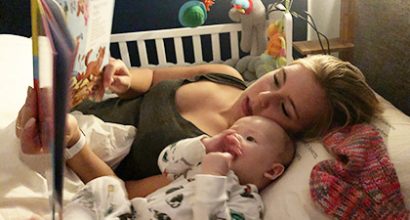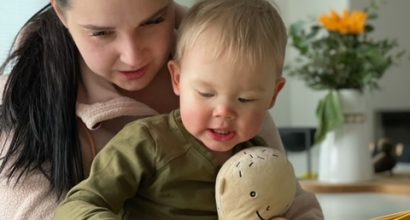Activities for families
A child grows up in connection with various social environments and familiar people. Even a newborn constructs his or her inner and outer world in interaction, where social life, culture and human relations spring up from. Different kinds of human voices, tones and volumes of familiar people, recurring combinations of sounds, as well as the soundscape of the environment build up the real life experience of the child. In the beginning, the baby’s whole living environment is holistic, but as he or she grows up, the soundscape and the visual meaning making, for example, become more accurate and meaningful. Stories begin to form that are first based on the combinations of sounds, touches and the visual environment. Later, a chain of events will begin to construct within the story, and the child will interpret it and make meanings from it. The meaning of literature in a child’s development is in stories that the child’s inner and outer lifeworld develop through (Aerila & Kauppinen 2021).
There has always been a need for stories: they have been used to warn, instruct, entertain or make people feel better. For children, stories also provide a mirror or a companion in different situations in life. They can be used to break down circumstances in life and related emotions and interactions. The reason stories work so well as a tool for learning and development, is that they are flexible and malleable. When a family or a close group of people are taking turns to tell stories and connect them to recognizable events, a child grows up to the realization that stories, and therefore literature, are necessary: a poem provides an understanding of emotions, and an adventure story helps with surviving life challenges. This is how literature and stories that evolve around it create a foundation for personal growth, which can connect people from different age groups and circumstances.



